EDITORIAL
Stem cell fate and microenvironment
James T. Triffitt, Qian Wang2022, 3(1): 1-2. doi:10.12336/biomatertransl.2022.01.001
REVIEW
Recent updates on the biological basis of heterogeneity in bone marrow stromal cells/skeletal stem cells
Deepika Arora, Pamela Gehron Robey
2022, 3(1): 3-16. doi:10.12336/biomatertransl.2022.01.002
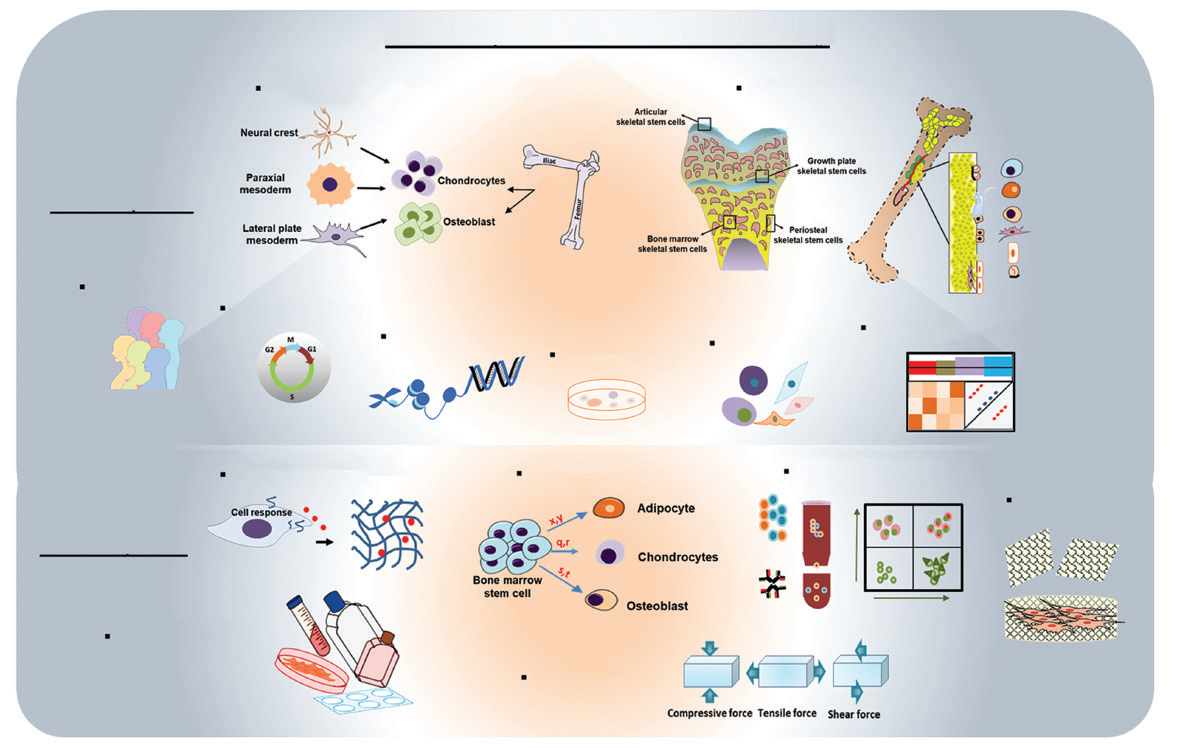 |
Heterogeneity in BMSCs/skeletal stem cells still remains a long-standing challenge in developing successful and reproducible tissue grafts for applications. Understanding the molecular basis of heterogeneity in skeletal stem cells is critical and so far, several intrinsic and extrinsic factors that may account for the heterogeneity have been put forth. |
2022, 3(1): 17-23. doi:10.12336/biomatertransl.2022.01.003
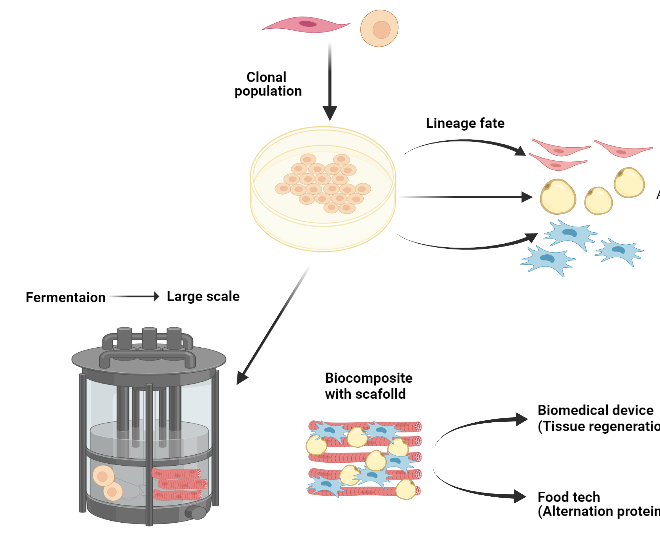 |
Schematic illustration of mesenchymal cells, which can differentiate into various lineages, along with a scaffold which can serve as building blocks. The use of cells and scaffold in biotechnology approaches combined with fermentation in bioreactors can result in the large-scale mass production needed for tissue regenerative or food tech applications. |
2022, 3(1): 24-30. doi:10.12336/biomatertransl.2022.01.004
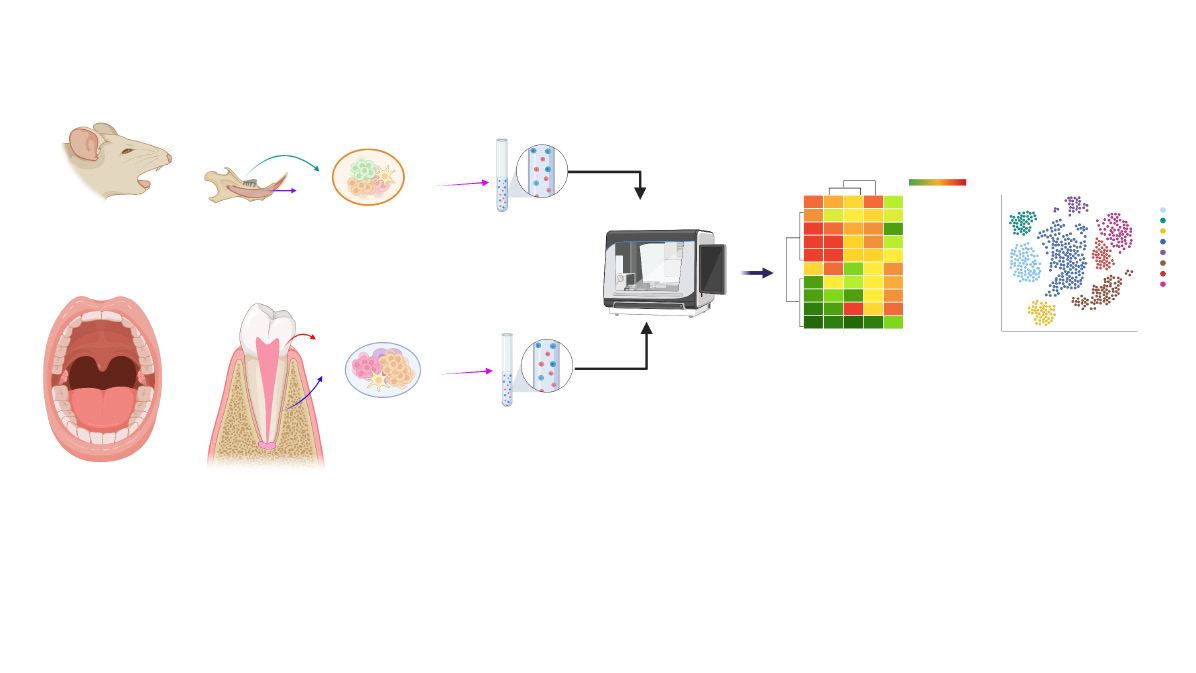 |
Teeth and their supporting oral tissues harbour diverse populations of stem cells that are easily accessible. The recent advancements in studying these cells in mouse models (A), as well as different human oral tissues (B), by using cell-sequencing approaches (C) reveal complex cellular architecture of different oral tissues, offering a deeper understanding of the underlying mechanisms that drive homeostasis, repair, and regeneration. |
2022, 3(1): 31-54. doi:10.12336/biomatertransl.2022.01.005
 |
Some key cellular components of adult bone marrow microenvironmental haematopoietic stem cell (HSC) peri-sinusoidal niches are depicted on the left. C-X-C motif chemokine ligand 12 (CXCL-12) abundant reticular stromal cells are important elements of the HSC perisinusoidal niche, producing key cytokines and chemokines for HSC retention, and homeostatic regulation of HSC fate. Dysregulation of perivascular/endosteal niches and haematopoiesis occurs with acute or chronic inflammation or inflamm-ageing as shown on the right. The haematopoietic decline observed with ageing is potentially reversible by blocking or controlling inflamm-ageing or by reactivating skeletal stem cells. |
2022, 3(1): 55-64. doi:10.12336/biomatertransl.2022.01.006
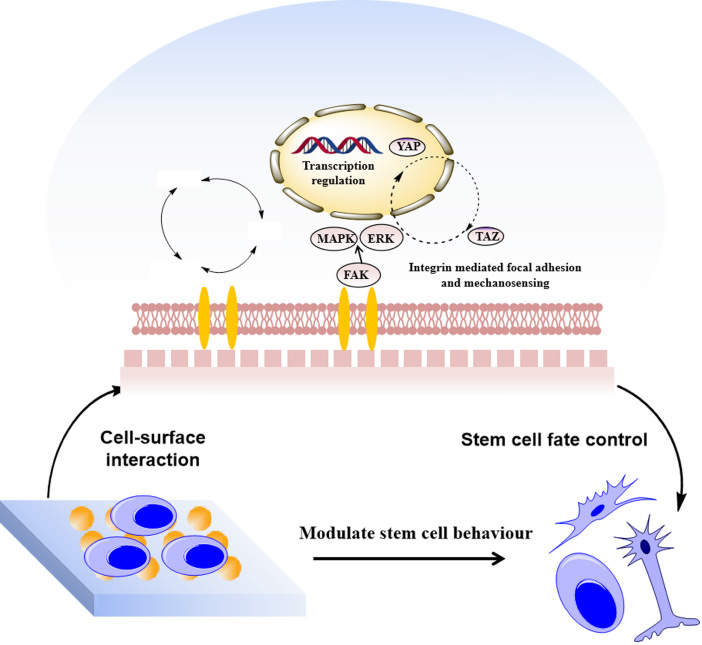 |
Three different types of nanotopographic structures and their fabrication are discussed, namely, static patterned surface, dynamic patterned surface, and roughness surface. The application of these nanotopographical features in modulating stem cell fate are illustrated, furthermore, their future perspective in fundamental research and clinical application are also discussed. |
2022, 3(1): 65-80. doi:10.12336/biomatertransl.2022.01.007
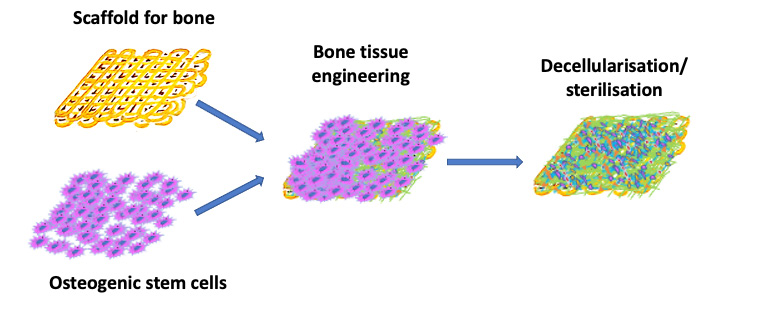 |
Potential manufacture of artificial bone grafts in two steps: (1) Engineering biodegradable synthetic bone-like scaffolds using allogenic human osteogenic stem cells in vitro. (2) Removing living cells to form the end product substantially equivalent to bone allograft. |
2022, 3(1): 81-98. doi:10.12336/biomatertransl.2022.01.008
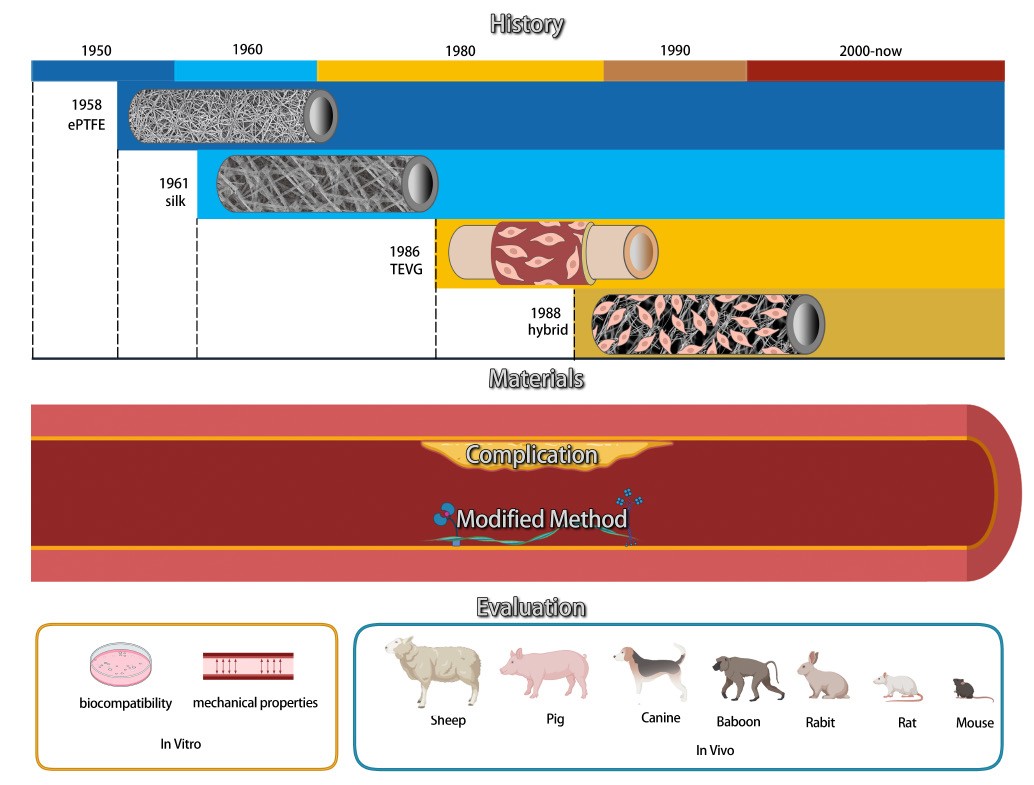 |
During the development of artificial blood vessels, various materials and manufacturing methods have been continuously explored, and modifications can be made to improve the causes of failure. Through in vitro and in vivo evaluation, we will eventually select the ideal artificial blood vessel. |